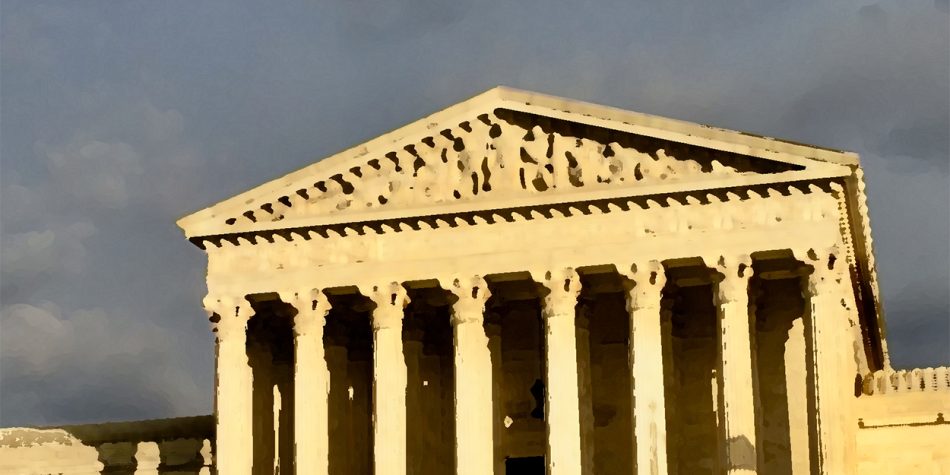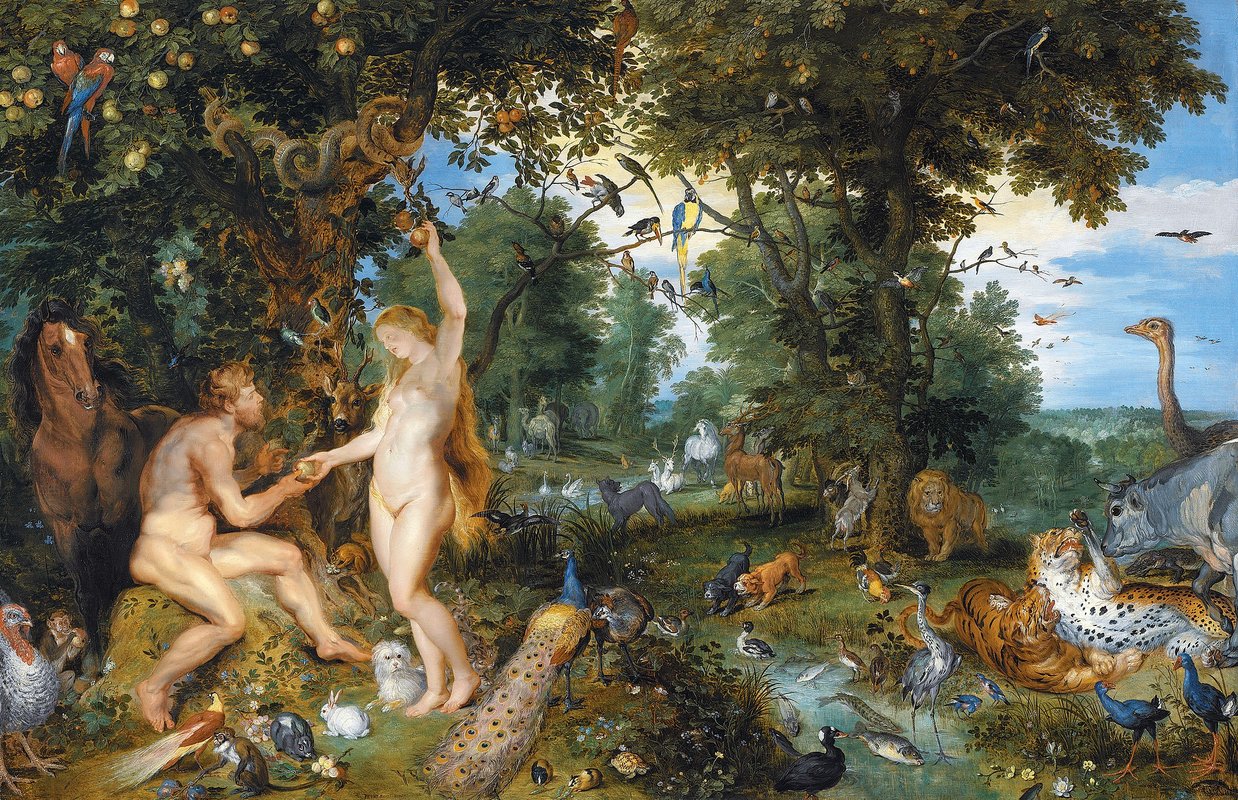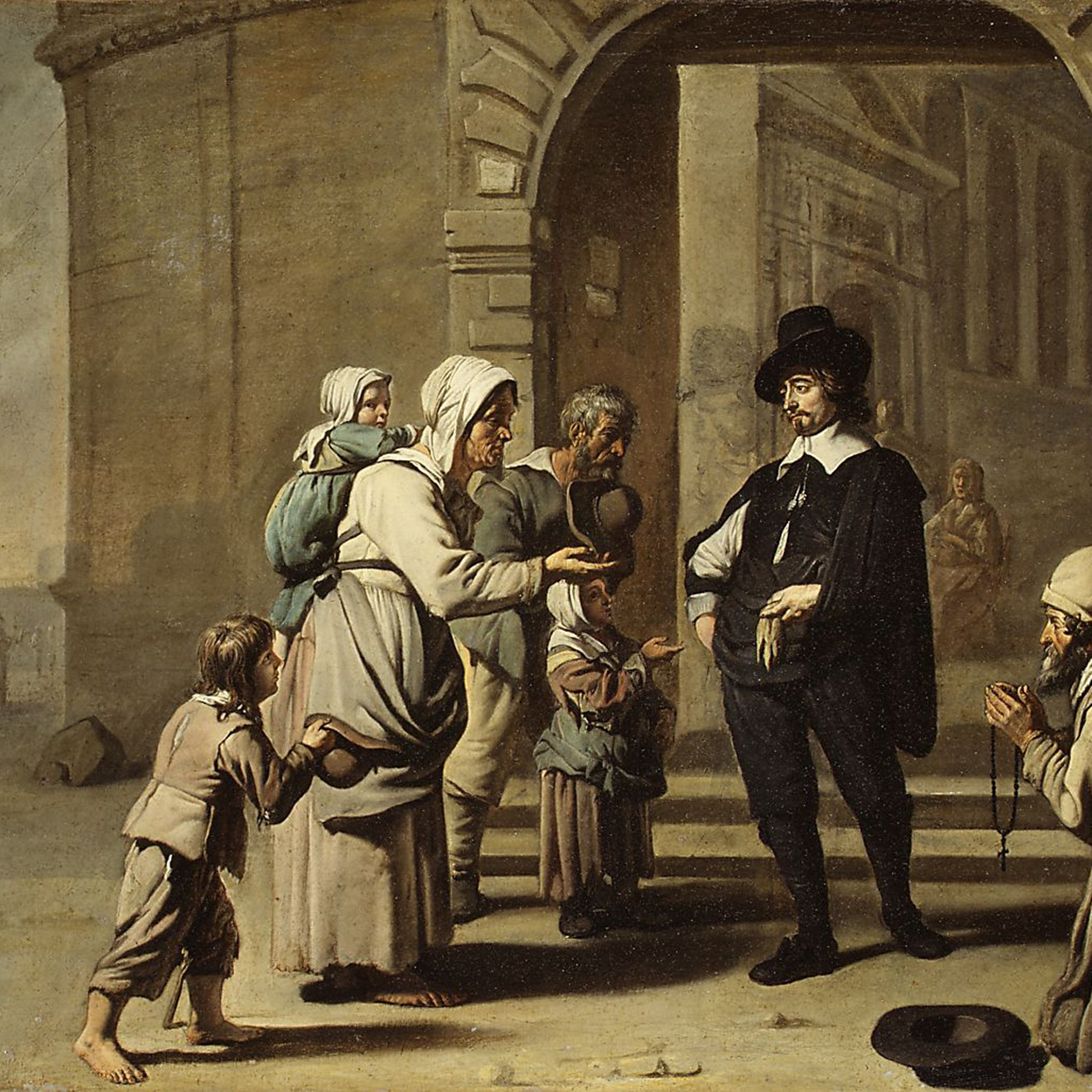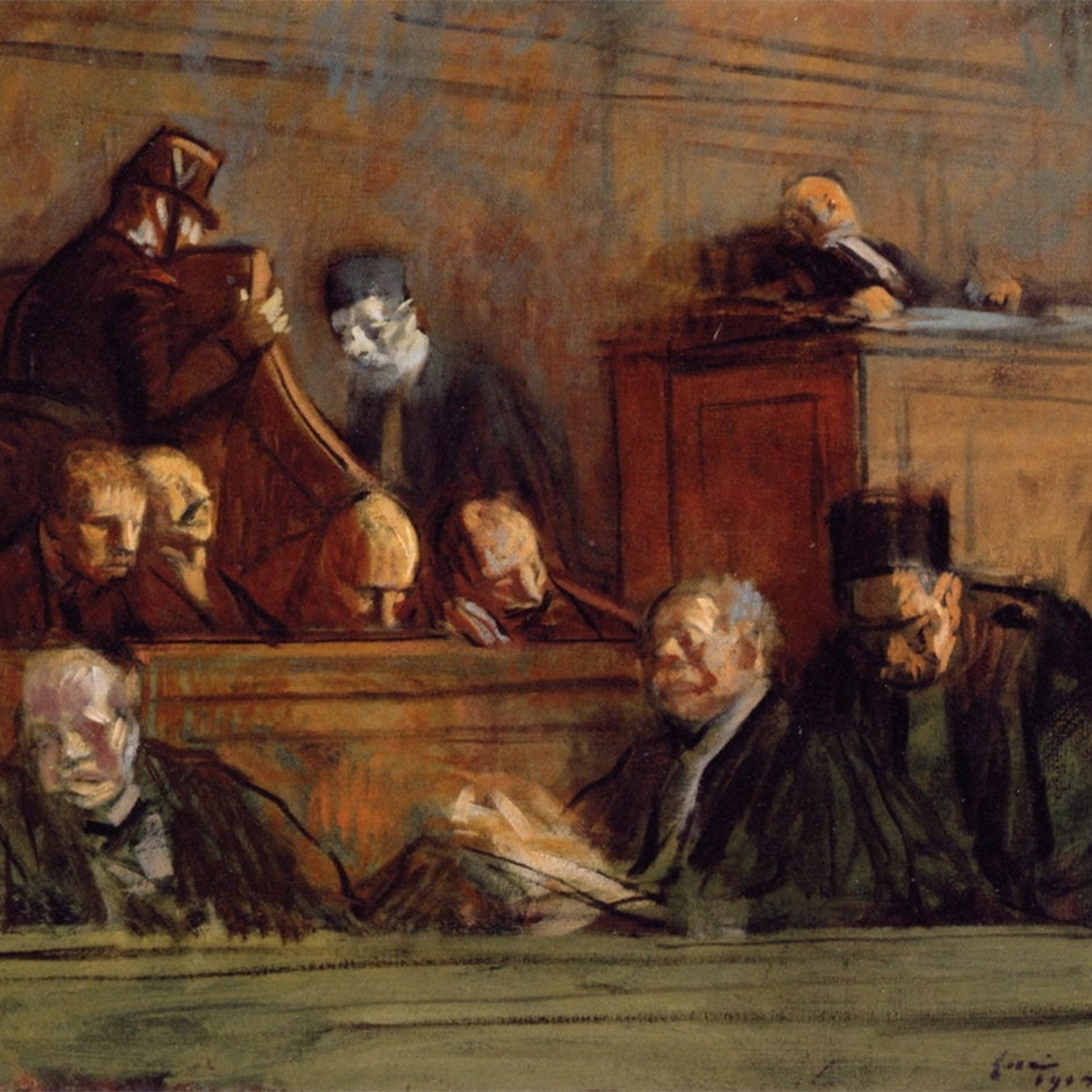The new book Contingent Citizens: Shifting Perceptions of Latter-day Saints in American Political Culture is a series of essays edited by Spencer McBride, Brent Rogers, and Keith Erekson. It looks at how Latter-day Saints have been engaged and excluded from politics in the United States since the Church’s inception.
Though the book is historical in nature, it provides many insights into some of the most pressing issues of our day. I sat down with the editors to speak about the volume.
Christopher Cunningham: Today, it seems that most people consider Latter-day Saints as politically part of the larger tent of the Christian right. Much of the book is based on the idea that Americans have struggled with where to place Latter-day Saints in the political system. Is that over?
Spencer McBride: Chronologically, Contingent Citizens does not cover material beyond the late twentieth century. But I think a lot of the trends outlined in the book continue today, even if more subtly.
There are still some Americans who question the extent to which Latter-day Saints should be involved in the country’s political system.
I think a relatively recent example is Mitt Romney’s 2012 presidential campaign. His religious beliefs became an important issue for many, leading him to publicly address the way his beliefs and church membership would—and would not—influence him as president. In short, he had to reassure the American public that he could be trusted to govern and had to do so in a way that presidential candidates of other religious groups had not had to do for years.
His speech was reminiscent of John F. Kennedy’s famous speech to the Greater Houston Ministerial Association in 1960, in which Kennedy, a Catholic, reassured erstwhile voters that the Pope would not dictate his policies as president. Kennedy had to do this because there were some Americans who still saw Catholics as unfit for high public office. So, the fact that Romney had to do the same in 2012 suggests that there are still some Americans who question the extent to which Latter-day Saints should be involved in the country’s political system. However, I think such views are far less pronounced in the current political culture than they were during the 1800s and early 1900s, as several of the chapters in our book demonstrate.
CC: I’m curious, as we’ve seen the Christian right begin to frame themselves as the victims of a secular culture, how have the interests of the Christian right aligned with those of many Latter-day Saints? And what could cause them to diverge again?
Keith Erekson: I think the Christian right’s framing as victims aligns well with Church members’ framing as a persecuted people. Both can view the dominant culture as “the world” that is slipping deeper into sin whilst they try to stick to unchanging values about family or life or liberty.
Such framings can quickly become problematic in their tendency to essentialize categories into unchanging concepts built around either/or choices, but these kinds of victim framings happen. As for predictions about what might cause them to diverge, historians argue so much about the past that we’re particularly bad about anticipating the future! But in recent years, we have seen a few places of divergence on issues such as abortion (the Church admits some exceptions), immigration (the Church does not want to separate families), and homosexuality (at least in terms of working together toward protections for employment and housing).
CC: The book’s opening essay looks at how the treatment of Shakers presaged the treatment of early Latter-day Saints. Do you see how the treatment of Latter-day Saints has foreshadowed how other groups today are treated? Do you see these patterns primarily in religious groups, or are there secular analogs?
Brent Rogers: It might be instructive to think about the treatment of Muslims in conversation with Latter-day Saints. These can be thought of in both religious terms and in political or secular terms. In this example, the negative feelings about Islam in early America presaged feelings about Latter-day Saints. Critics labeled Joseph Smith as a “modern Mahomet.” His successor, Brigham Young was branded with a similar moniker.
As Latter-day Saints fled to the Great Basin, suspicion grew about their foreignness and their mystical, or fanatical beliefs and practices viewed as violent and “driven by the sword of a modern Mahomet.” They, like followers of Islam then and now, were viewed as formidable and dangerous. After Latter-day Saints began to publicly proclaim their practice of plural marriage the American media had a field day in its many and widespread portrayals of Latter-day Saint men having Islamic or oriental style harems. This became even more acute in the 1870s and 1880s when anti-polygamy sentiment and legislation in the United States reached its zenith.
Mormonism, some declared, could hardly be considered a religion at all. One U.S. Senator stated a somewhat popular view that Latter-day Saint beliefs and practices were undesirable in the United States; they only belonged in “China or in any Mohammedan country.” In thwarting a diversity of religious freedom, the majoritarian white Protestant Americans accused these adherents of minority faiths of being foreign, having dual allegiances, and generally being a threat to the United States.
SM: There are certainly patterns in the way the cultural mainstream has viewed more marginal religious groups. This was true for the Shakers as it was for the Latter-day Saints. And it has continued to the present. I’m not sure that the perception of the Latter-day Saints, in particular, has foreshadowed the treatment of religious minorities who came later, but it certainly helps demonstrate a consistent pattern in United States history. And I think that’s where Adam Jortner’s chapter in Contingent Citizens, as well as Benjamin Park’s chapter, are really useful. They showcase the political culture that has long existed in the country that so often treats religious “others” as less deserving of full participation in American politics and justifying such prejudice and bigotry as the preservation of American democracy. But so often what that really means is the preservation of their control of American democracy.
KE: In many ways, Latter-day Saints have joined Catholics, Jews, Quakers, and Shakers as minority groups who need to seek equal treatment under American law, equal participation in the American political system, and a place at the American cultural table.
BR: Muslims continue to be viewed with greater degrees of suspicion. So, it seems, the treatment and perception of Muslims in the United States presaged the treatment and perception of Mormons which in turn presaged treatment and perception of Muslims once again. Or, maybe, those derogatory views of Islam have always remained. But the idea of group prejudice and prejudices against groups is very American and there could be parallels drawn between Muslims and Latter-day Saints. Because religious people continue to participate politically, religions are drawn into politics, and political ideology is secular and has been used to attack religions that are deemed unfit or undesirable.
CC: Along the same lines, Benjamin Park’s chapter in the book looks at how similar Latter-day Saint and Catholic attempts were at finding political footing in the 1840s. How would you say that political acceptance of Catholics and Latter-day Saints have diverged since that time?
KE: Latter-day Saints and Catholics continue to find themselves wrestling with some of the same issues, such as employer health insurance coverage of birth control, gay marriage, and congregant victims of sexual abuse. To the extent that these issues align with Christian conservative concerns, both are accepted into the Republican public coalition.
SM: Benjamin Park’s chapter really illuminates the similarities in anti-Mormon and anti-Catholic rhetoric in nineteenth-century American politics. And, as Adam Jortner’s essay shows, a lot of this can be chalked up to a sort of well-established framework for how Americans can effectively dismiss minority religious groups, or at least diminish their influence. But as with Latter-day Saints, things have changed for the Catholics in the twentieth and twenty-first centuries. And I think that Catholics entered the political mainstream sooner and more completely. One indicator of this is that since John F. Kennedy’s election in 1960. Since that time, a Catholic candidate for high political office can typically run without having to directly address concerns about his or her faith. Perhaps the main exception to that would be debates over the confirmation of Supreme Court appointees, but those references to religion seem to pertain more to concerns about how an erstwhile Supreme Court Justice might rule on certain hot button issues than they reflect concerns over his or her fitness for the position because of personal faith.
CC: Race has been in the news a lot with Joanna Brooks’ new book, and of course, Paul Reeves has treated the subject at length. In tying in with the theme of your book, I was wondering if you could speak to how race was used contingently to accept and reject Latter-day Saints from the public discourse?
BR: As to how race was used contingently to accept and reject Latter-day Saints is not really explored in any systematic way in the book, unfortunately. I think if you know and understand Paul Reeve’s superb work on race and Mormonism you can read many of the essays in the book and see how racial dynamics can be a subtext for much of the political and public discourse surrounding Latter-day Saints. This is especially true during most of the nineteenth century when Latter-day Saints were often rhetorically or graphically grouped with non-white or “not fully Americanized” peoples considered to be problematic in American politics and culture.
Though founded as a multi-racial church, Latter-day Saint leaders attempted to assert their whiteness and/or Americanness to combat the negative public image of them, but this had no effect until after the public announcement to end the practice of plural marriage among Latter-day Saints. In the 1890s and into the twentieth century, the racial rhetoric in America surrounding Latter-day Saints becomes more accepting of the contributions of this religious group.
For example, they became the model for using irrigation technology to thrive in the arid West. Thus they gained inclusion into the pioneering narrative of the West, which emphasized white dominion over Native peoples and uninviting landscapes.
CC: How has that trend continued today?
Latter-day Saints had become too white in an American public increasingly supportive of the country’s growing diversity.
BR: Latter-day Saints, perhaps because of their whiteness, have been able to grow in public acceptance. By the mid-twentieth century, as J.B. Haws’s chapter and his other scholarship demonstrate, Latter-day Saints had gained access to “first-class citizenship” in white America. Coming back to Paul Reeve’s work, by the first decades of the twenty-first century, the Latter-day Saints had become too white in an American public increasingly supportive of the country’s growing racial, ethnic, and gender diversity. I have provided a simplistic summative response to a very complex issue, but perhaps it shows that racial and group dynamics are often contingent based on the needs and interests of a public discourse that caters to an evolving majoritarian culture.
CC: Spencer, in your essay, you address Joseph Smith’s presidential campaign, and you describe him as creating a path that populist political outsiders have followed. With election season upon us, and the incumbent widely described as such a “populist political outsider,” would you be willing to explore some of the parallels between Joseph Smith’s campaign and the President’s?
SM: I think for any populist candidate there is a need to tap into the dissatisfaction many people have with the political status quo. Smith certainly did that. He argued that the two parties then dominating American politics—the Democrats and the Whigs—had failed to fix the country’s problems and portrayed himself as a political outsider. In the present, such a strategy is well-known. It’s part of the metaphorical playbook for populist candidates. So, while the different populist candidates who have run since the 1840s have done so on a wide variety of platforms and would by no means all agree with each other on all of their political positions, they share this common strategy. I think this is where many of the comparisons between Smith’s 1844 campaign and Donald Trump’s 2016 campaign are to be found, as well as the populist campaigns of so many others in between. The similarities are more in the way they portrayed themselves politically than in their respective political platforms. But Smith soon discovered in his campaign that it was nearly impossible to win the presidency by running from outside the main party system whereas Trump obviously succeeded by bringing his populist message into one of the major parties.
CC: Thank you gentlemen for your time. I love the new volume and appreciate the work you did putting it together.

















